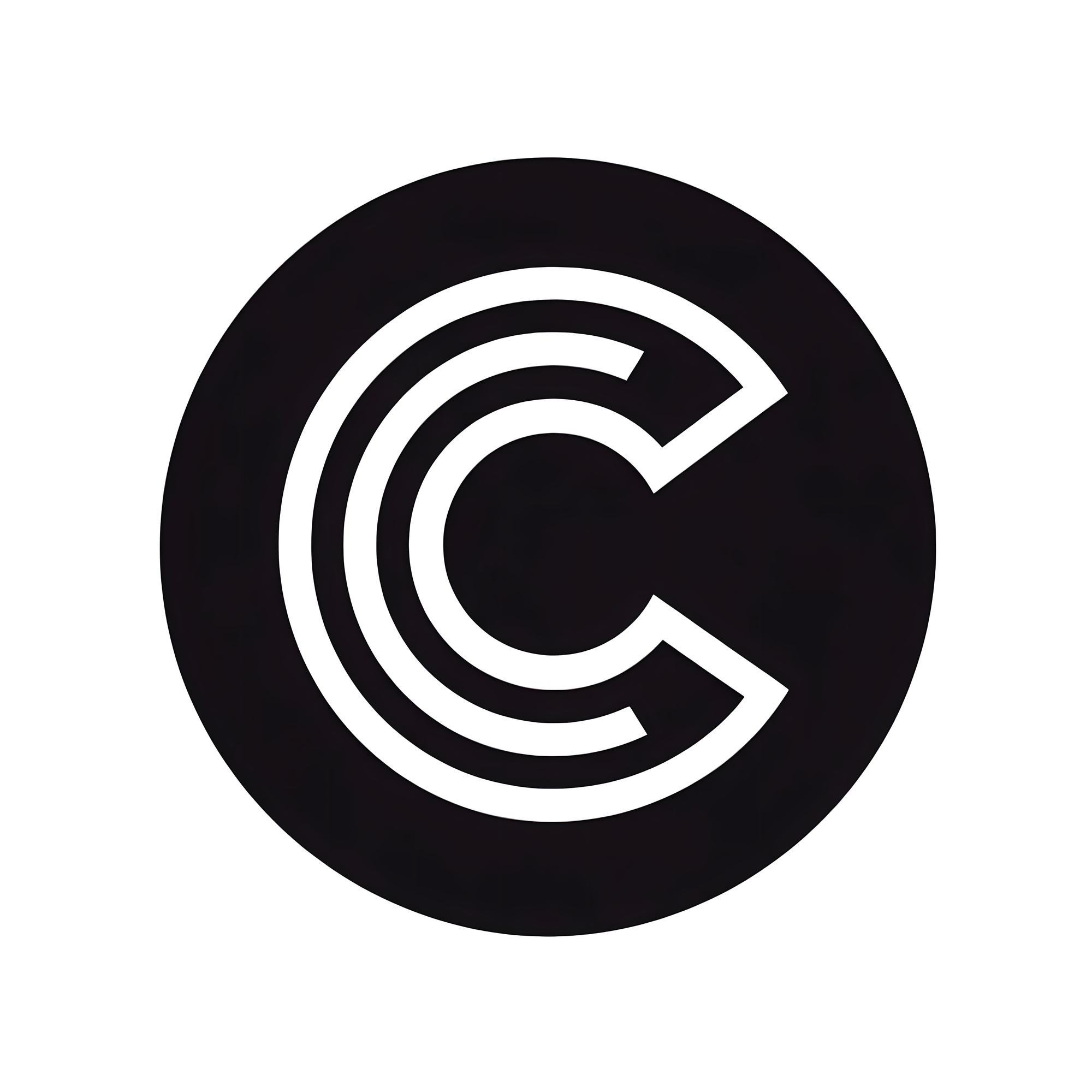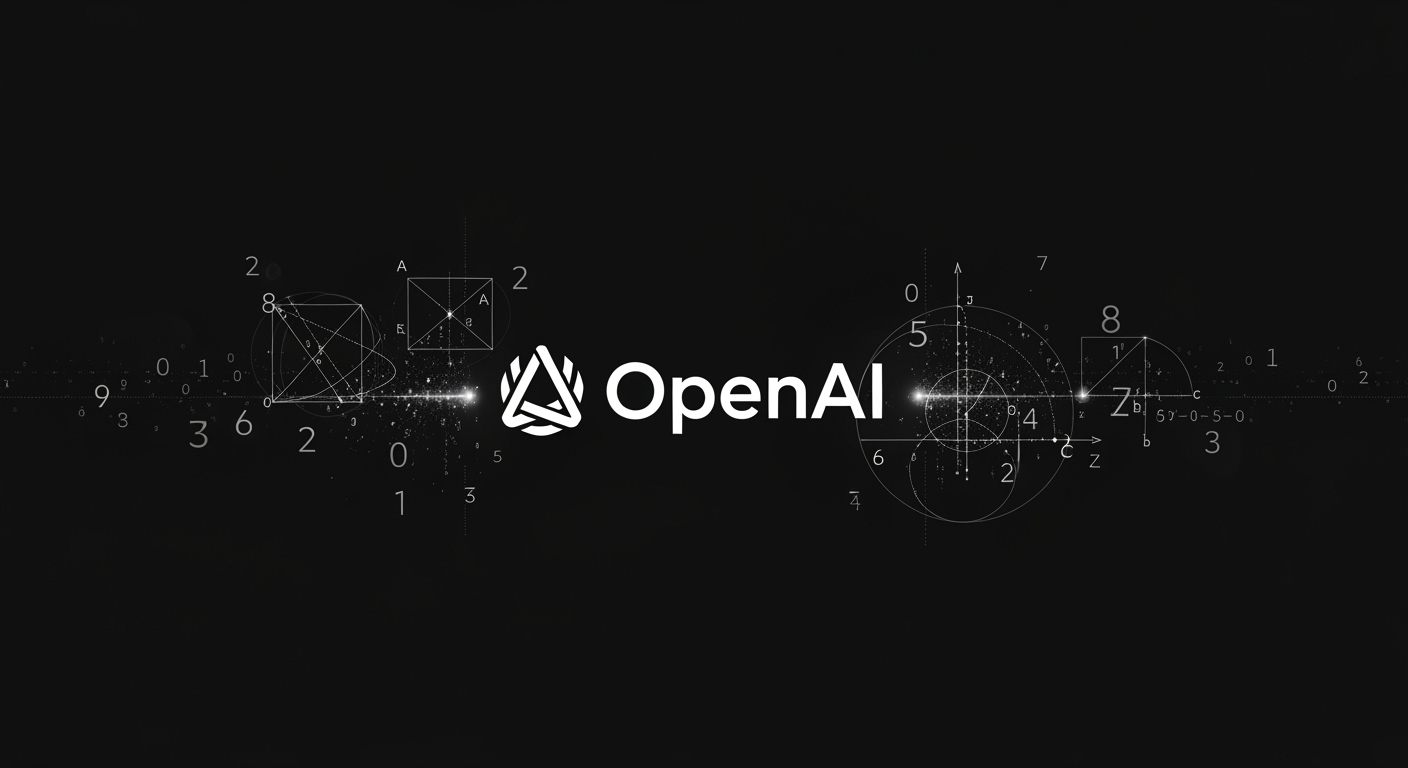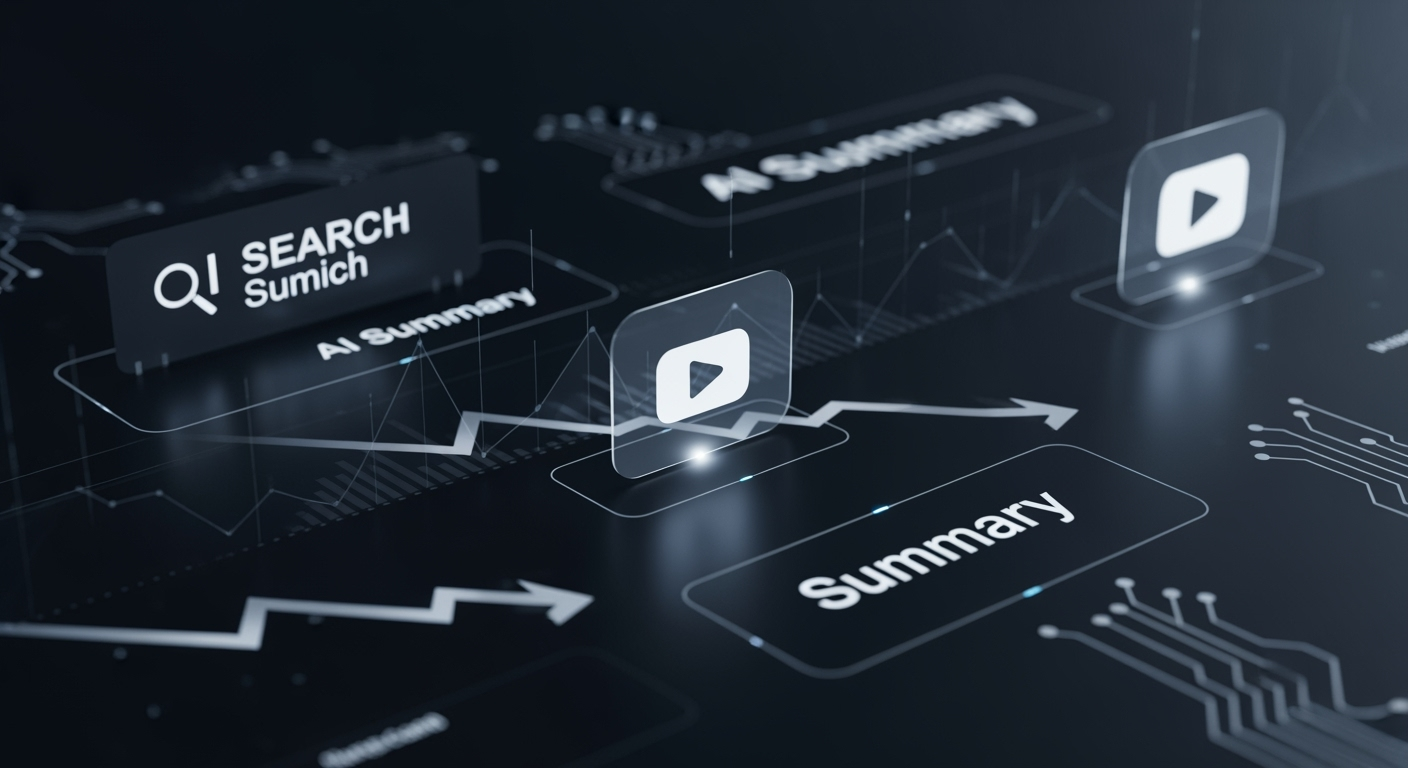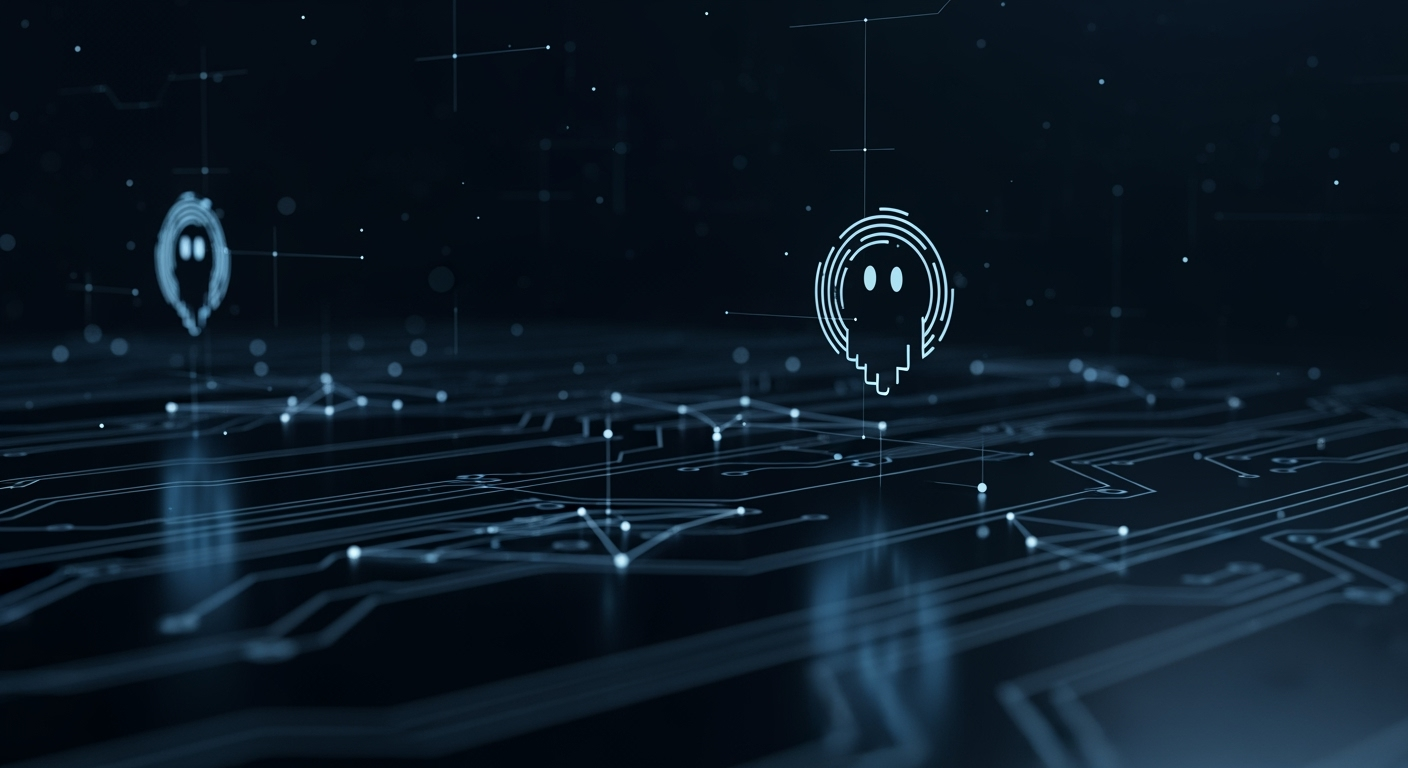Tesla Dojo: The Supercomputer Journey From Vision to Shutdown
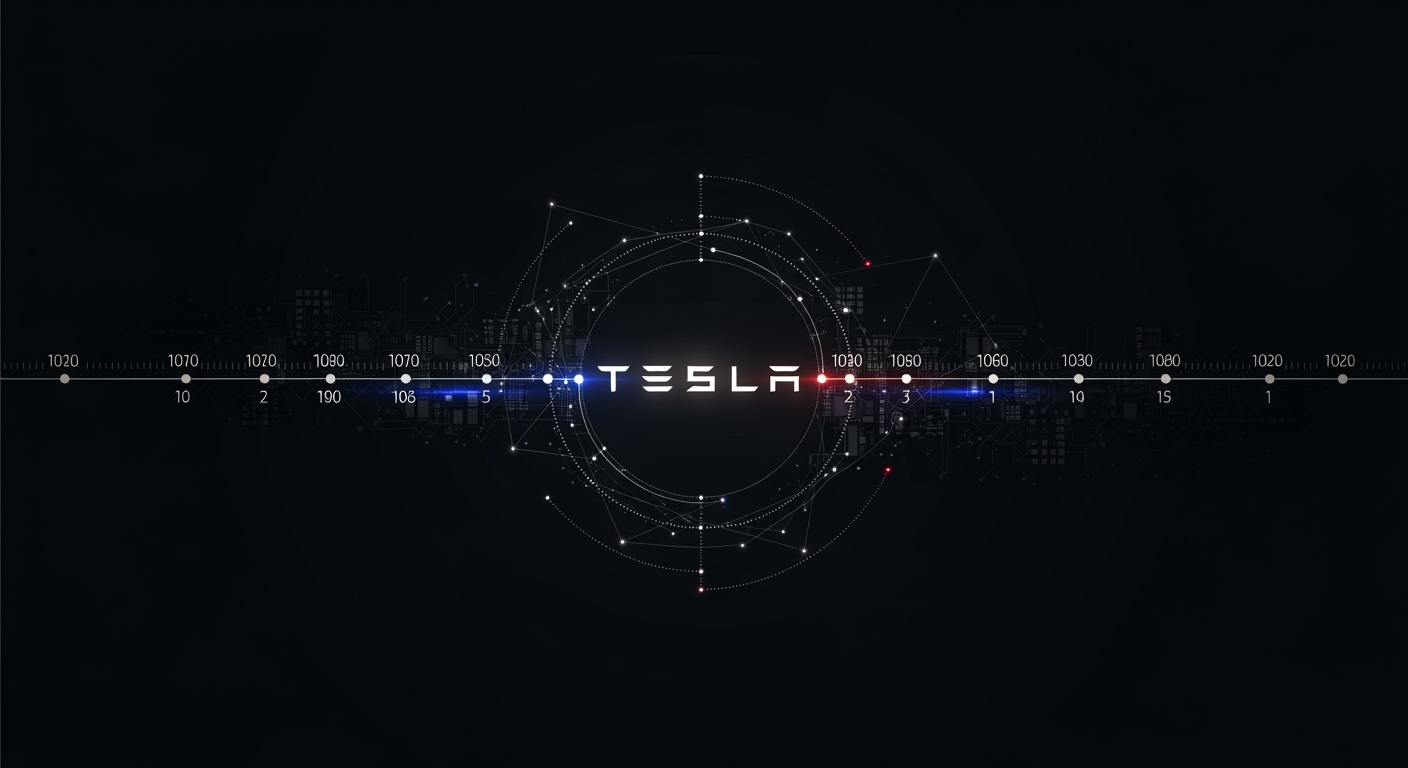
Tesla Dojo: The Rise and Fall of an AI Ambition
Elon Musk's vision for Tesla extended far beyond making electric vehicles; he wanted Tesla to be an AI powerhouse, pioneering the road to full self-driving cars. At the heart of this ambition was Dojo, a custom-built supercomputer designed to train Tesla's Full Self-Driving (FSD) neural networks. While FSD still requires human supervision, Musk believed that with enough data and compute power, Tesla could achieve true autonomy. Here's a concise timeline of Dojo's journey—its inception, milestones, and eventual shutdown, as Tesla pivots to new AI horizons.
2019: The Dojo Dream Begins
- April: At Tesla’s Autonomy Day, Musk reveals plans for Dojo—a supercomputer to train AI for self-driving cars. Tesla also showcases custom chips for neural networks, promising that every new Tesla vehicle is hardware-ready for autonomy, needing only software updates.
2020: Building Momentum
- February: Musk touts Dojo’s video data processing capabilities and hints at a vast leap in AI training power.
- August: Musk calls Dojo "a beast," predicting a prototype within a year.
- December: Musk claims Dojo isn’t strictly necessary for self-driving, but would make Tesla’s technology much better.
2021: Dojo Goes Public
- August: Dojo officially debuts at Tesla’s first AI Day, with the custom D1 chip and plans for massive AI clusters.
- October: Tesla releases a technical whitepaper detailing Dojo’s innovative floating point formats for deep learning.
2022: Early Progress
- August: Musk signals Dojo integration, aiming to reduce Tesla’s reliance on third-party GPUs.
- September: Tesla installs its first Dojo cabinet and demonstrates the system running AI models. The company sets ambitious targets for full-scale clusters in 2023.
2023: Scaling Ambitions—and Risks
- April: Musk pitches Dojo as a potential cloud service for other companies, but calls it a "long-shot bet."
- June–July: Tesla claims Dojo is online and scaling up. The company invests over $1 billion in Dojo, with the goal of reaching top-tier global compute power.
- September: Tesla grapples with massive volumes of driving data; Musk says Dojo and Nvidia hardware are key to handling it.
2024: Expansion and Challenges
- January: Musk acknowledges Dojo’s high risk but continues to expand it, including a $500 million investment in Buffalo. He notes Nvidia hardware still dominates Tesla’s AI spending.
- April: Next-gen Dojo training tiles (D2) enter production, promising further performance gains.
- May–June: Plans for a "super dense, water-cooled" AI cluster at Giga Texas are announced. Musk confirms Tesla’s enormous annual AI spend—about half on internal hardware, half on Nvidia chips.
- July: Musk reveals that upcoming AI models may require new hardware in Tesla vehicles, signaling future upgrades.
- July–August: Global demand for Nvidia GPUs strains supply, prompting a renewed focus on Dojo. Tesla’s capacity is projected to nearly double by year’s end. Musk introduces Cortex, a new AI supercluster at Giga Texas, marking a shift in Tesla’s compute strategy.
2025: Dojo Winds Down, Cortex Rises
- January: Tesla’s earnings call omits Dojo, spotlighting Cortex instead. Cortex, built from tens of thousands of Nvidia GPUs, powers the latest FSD software and is credited with major safety and comfort improvements. Tesla reports $5 billion in AI infrastructure spending to date.
- July: Musk hints at Dojo 2 launching in 2026 but also talks about unifying chip designs for efficiency. Tesla signs a $16.5 billion deal with Samsung to manufacture next-gen AI6 chips for vehicles, robots, and data centers.
- August: Reports confirm the Dojo project is shut down and the team disbanded, with its leader departing and several engineers founding a new AI chip startup. Musk says all efforts will focus on the versatile AI6 chip, making Dojo obsolete.
- September: Tesla’s latest master plan pivots away from Dojo, instead emphasizing "physical AI" as a core company focus.
What Does This Mean for Tesla’s AI Future?
While Dojo’s shutdown marks the end of one chapter, Tesla’s AI ambitions are undiminished. The company is doubling down on hybrid approaches—combining proprietary chips and Nvidia’s best-in-class hardware—to power FSD, robotics, and beyond. The new AI6 chip, produced in partnership with Samsung, aims to unify Tesla’s inference and training needs, positioning the company at the forefront of real-world AI applications.
References
- Tesla Dojo: Elon Musk’s Big Plan to Build an AI Supercomputer, Explained
- Tesla Dojo: The Rise and Fall of Elon Musk’s AI Supercomputer
- Tesla’s Autonomy Day 2019 Coverage
- Tesla AI Day 2021 Highlights
- TSMC Advanced Packaging for Dojo
- Former Tesla Executives Start Automotive AI Company DensityAI
- Tesla Signs $16.5B Deal with Samsung for AI Chips
- Tesla Q2 2025 Earnings Call Transcript
